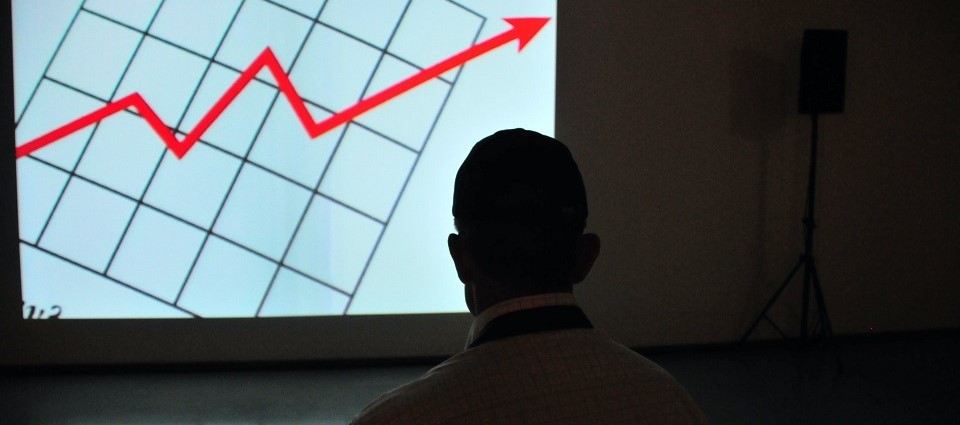
Managing BizOps Through Rapid Growth
Managing a business through rapid growth can be like guiding a ship through a field of icebergs. With the right strategy in place, managing can be both successful and rewarding.
While it is no new news for anyone in the world, the COVID-19 pandemic has changed the way that business is being done – for better or for worse. Both sides of the coin are being discussed by business owners around the globe – how for some businesses, the virtual environment has enabled their businesses, while for others, it has hurt them drastically.
Months before the pandemic, the virtual environment was described as a particular work style, perhaps even frowned upon in some circles. Some people who were used to a live working environment felt that they could not be as effective in the virtual environment. The eye-to-eye and handshake connection were critical to some business relationships.
Now the script has flipped, as they say.
Given the health and safety requirements that have been established in order to reduce the impact of the pandemic, businesses are forced to find new ways to do business, which means that doing business virtually is no longer an option; whenever possible, it is mandatory – even in situations where it seemed like it should be impossible.
Madison Reed is a San Francisco based color bar[i] with 12 locations around the country. Normally their clientele would show up at any of the locations on a regular basis to get their hair treated. Says owner Amy Errett in an article on marker, “We’ve always known that hair color is emotional — you don’t feel good if your roots are showing or if your hair doesn’t look great.” This company essentially typifies a brick and mortal model. However, when news and directives about the pandemic hit, Errett closed the shops around the country and quickly adopted a virtual model.
For them, while their business model doesn’t typify one that would be able to successfully go virtual, they immediately identified and understood what their clients’ needs were and how they could fulfill their clients’ needs. With understanding of what they wanted to do, they evaluated their resources and learned that they would need to make some changes to their supply chain in order to ensure that they would still have product for their clients. Lastly, they evaluated their infrastructure and determined what changes need to happen.
Errett knew that their clients needed to be able to maintain their hair while they had no access to their salons, so the company shifted to enhance their online sales presence, provided their employees with the training and equipment to take orders virtually from their homes. They were so quick to identify how to solve their clients’ needs that they were forced to quadruple their remote staff in order to cover the increased demand for their product.
In today’s rapidly changing marketplace, business leaders must be able to evaluate the environment quickly and act decisively to ensure that their companies will be able to continue when change happens. Change is the one constant in business; the moment you stop changing is the moment your business begins to fail. We can point to a dozen large companies that did too little, too late and are now out of business.
As business continues, many business owners will find that many companies will take advantage of the virtual or hybrid models. There will be a near ubiquity of tools such as Slack, Microsoft Teams and Google Meet for communications. Teams will extend from simple regular virtual meetings to performing ongoing training, evaluations and other communications as though they were meeting in person. The virtual environment allows teams to reach anyone anywhere, so the limits to what can be done has more to do with access to the internet and equipment than location.
The forward-thinking business will even have organizational charts that include specialized outsourced teams who can work efficiently remotely to solve complex organizational problems without ever stepping on site. They will be able to adopt the company culture, participate in decision-making and knowledge-sharing and will not come with the limits of hiring an individual freelancer to perform work.
If any company intends to stay competitive, transforming their teams into high-performing teams that can operate in the digital environment will be a requirement. The companies that can lead the way in this business model will be those that shape the future business environment, while those that lag behind will likely find themselves at a significant disadvantage.
[i] A color bar is a hair salon that specializes in coloring its clients’ hair.
Rick Meekins is the Managing Consultant at Aepiphanni, a Business Consultancy that provides Management Consulting, Implementation and Managed Services to business leaders and entrepreneurs seeking to improve or expand operations. We are the trusted advisor to those seeking forward-thinking operational and strategic solutions to help them plan for and navigate through the challenges of business growth.
If you are ready to discuss how Aepiphanni can help you with business strategy, overcoming challenges to growth or any number of business solutions for your business, whether a small, growing or established company, contact us directly or submit a request for a complimentary Coffee & a Consult to learn how we can help you CREATE | DESIGN | BUILD an Extraordinary company.

Managing a business through rapid growth can be like guiding a ship through a field of icebergs. With the right strategy in place, managing can be both successful and rewarding.

There can be strength in numbers, and successful business partnerships and strategic alliances are a testament to this. Studies show that corporate alliances increase by

From a declining economy to a rising unemployment rate, the Coronavirus pandemic has made a major impact on all industries. This change left businesses with
Copyright © 2023 The Aepiphanni Business Catalyst Group, Inc.